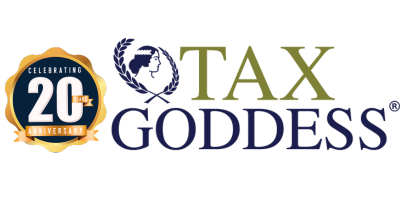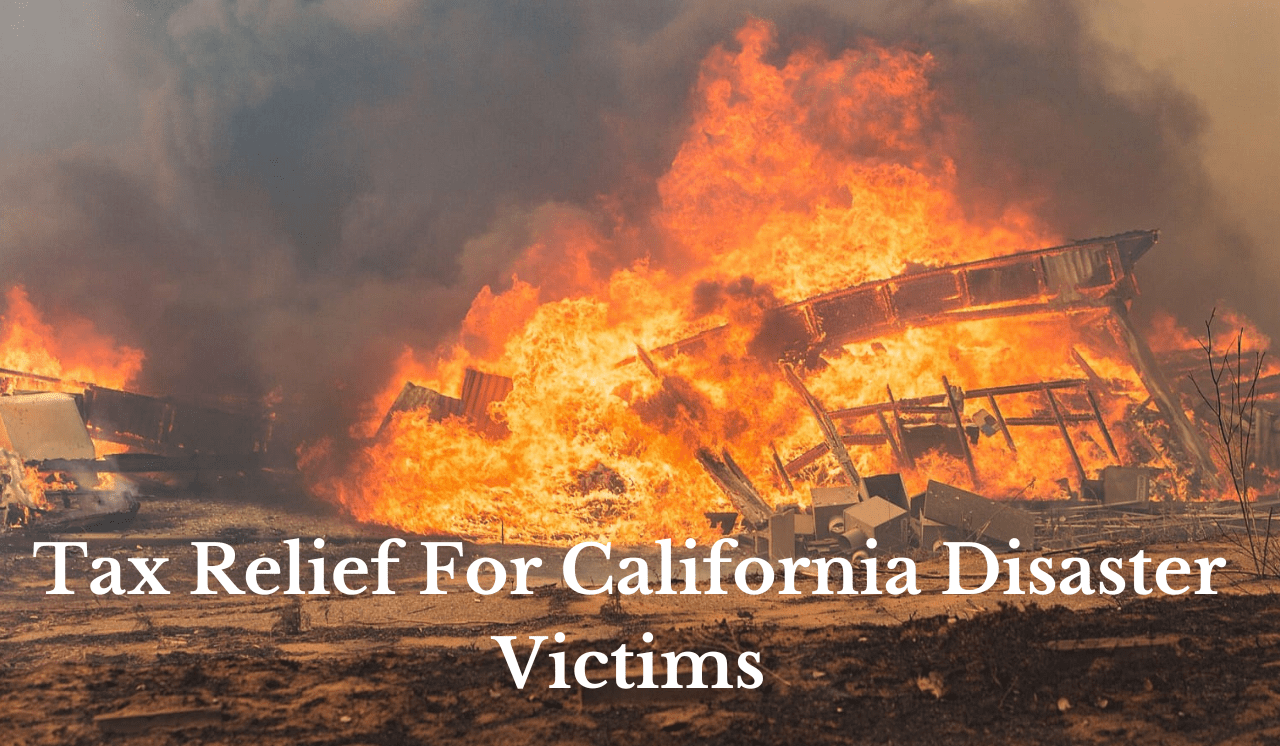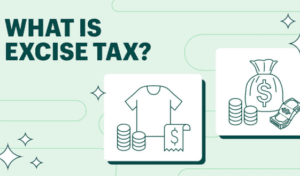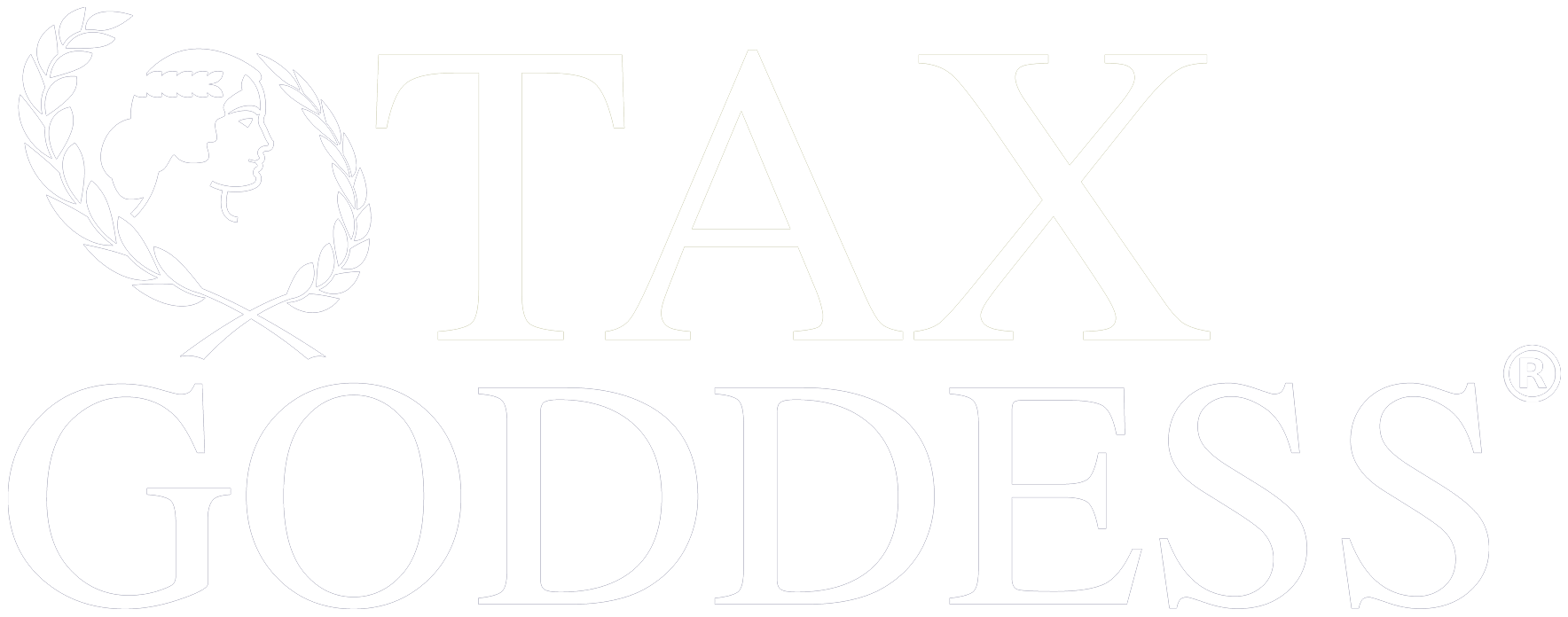President Biden and the Federal Emergency Management Agency (FEMA) have recently declared a federal disaster area in California. This disaster is due to intense flooding, winter storms, and mudslides that began on January 8, 2023. This declaration permits the IRS to extend some tax payment and tax-filing deadlines for people who reside or run a business in the affected location. As a result, the IRS has declared that affected taxpayers have until May 15, 2023, to file numerous individual and business tax returns and make tax payments.
As of January 11, individuals residing in Colusa, El Dorado, Glenn, Humboldt, Los Angeles, Marin, Mariposa, Mendocino, Merced, Monterey, Napa, Orange, Placer, Riverside, Sacramento, San Bernardino, San Diego, San Joaquin, San Luis Obispo, San Mateo, Santa Barbara, Santa Clara, Santa Cruz, Solano, Sonoma, Stanislaus, Sutter, Tehama, Ventura, Yolo, and Yuba counties. Also included are Alameda, Contra Costa, Fresno, Kings, Lake, Madera, Mono, San Benito, San Francisco, and Tulare counties qualify for tax relief and tax payment extension.
The extension includes filing for returns such as:
- Individual tax returns
- Corporate tax returns
- Estate tax returns
- Trust income tax returns
- Partnership and S corporation income tax returns;
- Estate, gift, and generation-skipping transfer tax returns;
- The Form 5500 series returns
- Annual information returns of tax-exempt organizations
- Employment tax returns
The May 15 deadline also applies to quarterly payroll and excise tax returns, usually due on January 17, 2023, and April 8, 2023. In addition, The IRS excused late penalties for employment and excise tax deposits due on or after January 8, 2023, and before January 23, 2023, as long as the taxpayer makes the deposits by November 22, 2023.
Nevertheless, this extension excludes information returns in Form W-2, 1094, 1095, 1097, 1098, or 1099 series or Forms 1042-S, 3921, 3922, or 8027.
Claiming Your Tax Relief
Affected taxpayers do not need to contact the IRS to get this relief as the agency automatically provides relief based on their records with them. You can claim disaster-related casualty losses on your federal income tax return if you’ve been affected by the disaster. Individuals can also deduct personal property losses uncovered by insurance and other reimbursements.
Taxpayers who want to claim a disaster loss on their 2022 or 2023 return should write the disaster designation “California, severe winter storms, flooding, and mudslides” at the top of the return. This will quicken the refund processing.
The IRS will also provide affected taxpayers with copies of the previous year’s returns for free. To access this service, taxpayers should:
- Include disaster designation at the top of Form 4506,
- Request for a Copy of Tax Return, or Form 4506-T,
- Request for Transcript of Tax Return; and
- submit it to the IRS.
If an affected taxpayer gets a late payment or late filing penalty notice from the IRS and has an original or extended filing or payment due date that falls within the extended date, the taxpayer can call the IRS to have the penalty abated.
Affected taxpayers who live or have business outside the areas that qualify for tax relief can call the IRS disaster hotline to claim their tax relief.
If you have any questions about claiming your tax relief, don’t hesitate to reach out to the Tax Goddess Team so we can help you get back on your feet faster than you think.









